For the first time, researchers have been able to confirm that Leonardo Da Vinci used lead oxide in the paint formula used to paint the famous Mona Lisa.
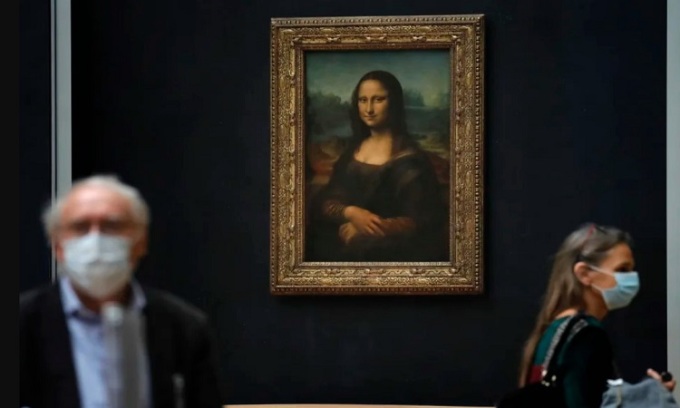
The Mona Lisa is on display at the Louvre Museum. Photo: Christophe Ena
Using X-rays to examine the chemical structure of a small smear of paint on the Mona Lisa, scientists have made new discoveries about the technique Leonardo da Vinci used to paint the woman with the mysterious smile, according to Yahoo . The study, published on October 11 in the Journal of the American Chemical Society, indicates that the Italian master may have been experimenting while preparing to paint the Mona Lisa in the early 16th century. A team of scientists and art historians from France and England discovered that the oil paint formula Leonardo used as a base to prepare the poplar panel appeared to be different from the one used for the Mona Lisa.
“As someone who loved to experiment, each of Leonardo’s paintings is technically completely different,” said team leader Victor Gonzalez, a chemist at France’s leading research institute, CNRS. Gonzalez has studied the chemical composition of dozens of works by Leonardo, Rembrandt and many others. “In this case, it is interesting to see that there is a specific technique for the Mona Lisa’s base.”
Specifically, the researchers found a rare compound called plumbonacrite in Leonardo's first layer of paint. According to Gonzalez, this discovery confirms for the first time the hypothesis of many previous historians, that Leonardo definitely used lead oxide powder to thicken and dry the paint when he began painting the Mona Lisa, which is now in a protective glass frame at the Louvre Museum in Paris. Carmen Bambach, an expert on Italian painting and curator at the Metropolitan Museum of Art in New York, said the research results were very interesting. Finding plumbonacrite in the Mona Lisa attests to Leonardo's passionate spirit of experimentation as a painter.
The paint streak from the Mona Lisa’s base layer that the team analyzed was so small it was barely visible to the naked eye, no larger than the width of a human hair, and came from the upper right edge of the painting. Scientists examined the atomic structure using X-rays in a synchrotron, a machine that accelerates particles to near the speed of light. This allowed them to discover the chemical composition of the paint. Plumbonacrite is a byproduct of lead oxide, so the team was able to confirm with certainty that Leonardo used this powder in his paint recipe.
After Leonardo, the Dutch master Rembrandt may have used a similar formula when painting in the 17th century. Gonzalez and other researchers have found plumbonacrite in his work before. "That tells us the formula has been passed down through the centuries. It's a very good formula," Gonzalez said.
An Khang (According to Yahoo )
Source link


![[Photo] General Secretary To Lam receives King Philippe of Belgium](https://vstatic.vietnam.vn/vietnam/resource/IMAGE/2025/4/1/e5963137a0c9428dabb93bdb34b86d7c)
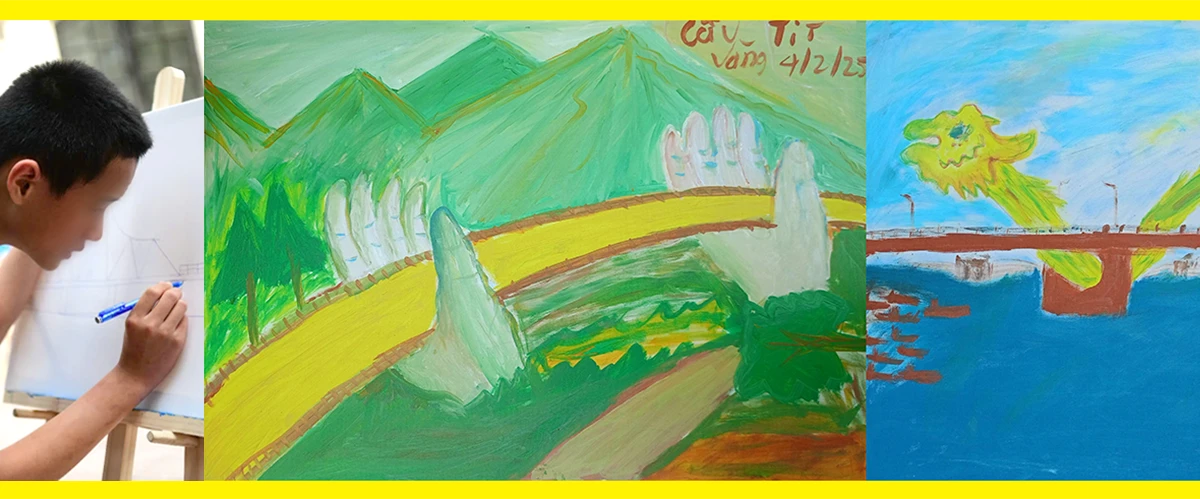

![[Photo] Close-up of Vietnam's sniffer dog team searching for earthquake victims in Myanmar](https://vstatic.vietnam.vn/vietnam/resource/IMAGE/2025/4/1/d4949a0510ba40af93a15359b5450df2)
![[Photo] President Luong Cuong and King Philippe of Belgium visit Thang Long Imperial Citadel](https://vstatic.vietnam.vn/vietnam/resource/IMAGE/2025/4/1/cb080a6652f84a1291edc3d2ee50f631)
![[Photo] Prime Minister Pham Minh Chinh meets with King Philippe of Belgium](https://vstatic.vietnam.vn/vietnam/resource/IMAGE/2025/4/1/be2f9ad3b17843b9b8f8dee6f2d227e7)


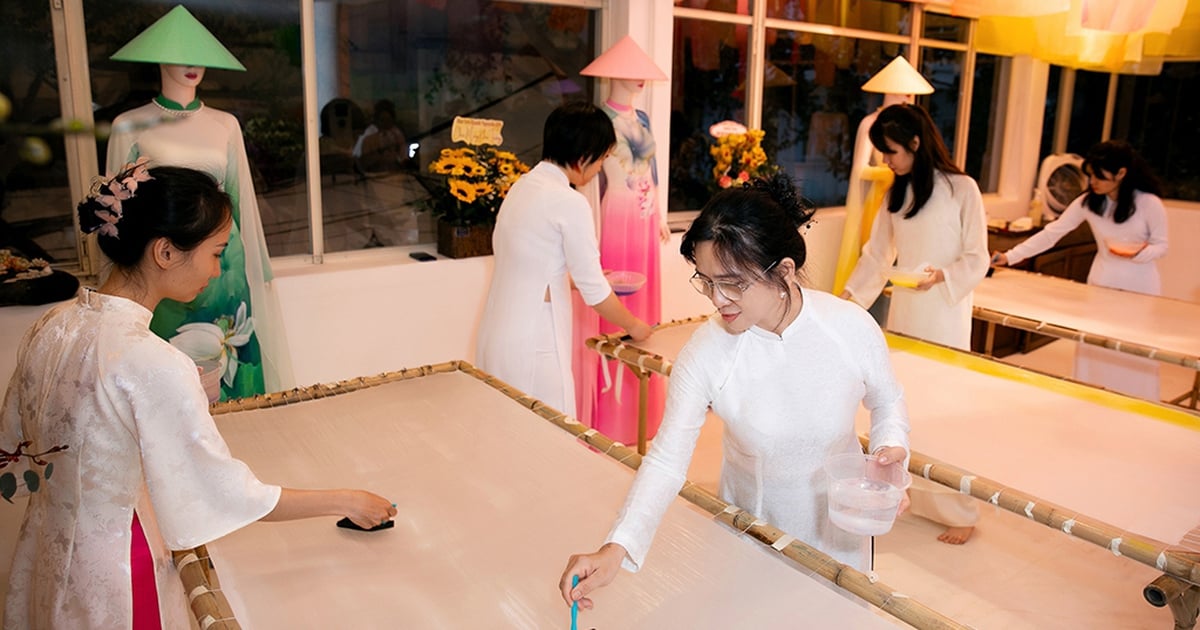




















































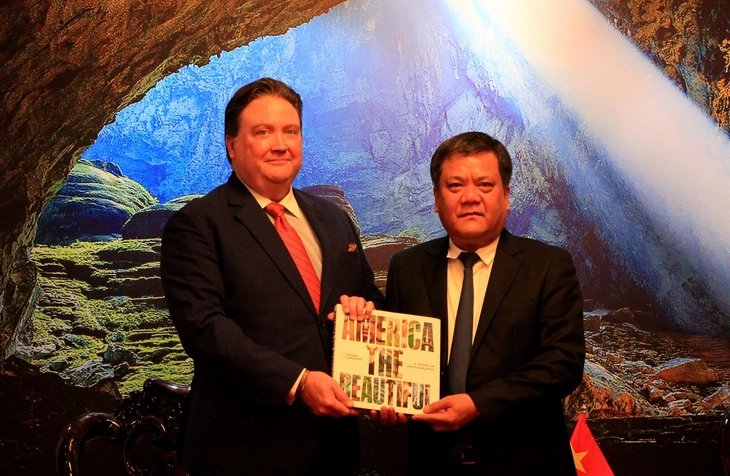
















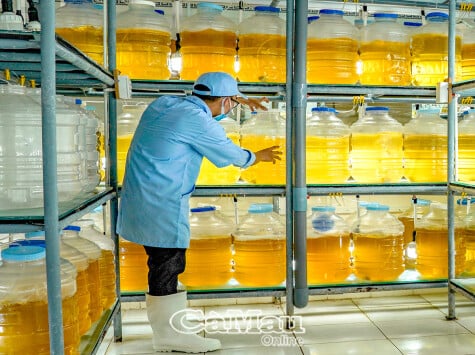


















Comment (0)